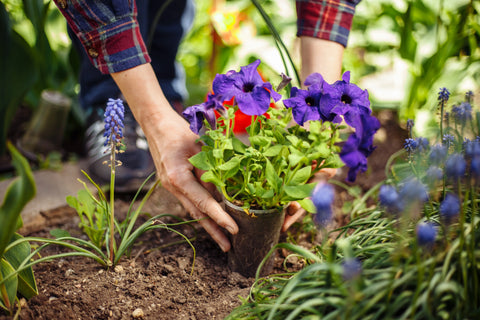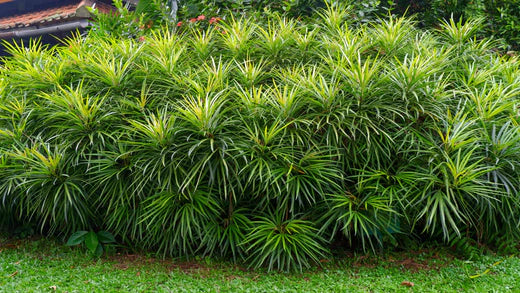Podocarpus Japanese Jew Tree: A Guide to Cultivate and Care
For the gardening enthusiast looking to add a touch of evergreen elegance to their landscape, the Podocarpus macrophyllus, commonly known as the Japanese Jew Tree or Buddhist Pine, is a prime choice. This versatile ornamental tree offers not just beauty but also functionality. In this comprehensive guide, we dive deep into the world of Podocarpus—detailing its benefits, cultivation requirements, and care tips to ensure your garden thrives with these majestic plants.
Originating from Japan and China, the Podocarpus Japanese Jew Tree is revered for its dense, conifer-like foliage and adaptability to various growing conditions. A staple in both eastern and western gardens, this tree offers year-round interest and serves multiple roles in a well-designed outdoor space.





